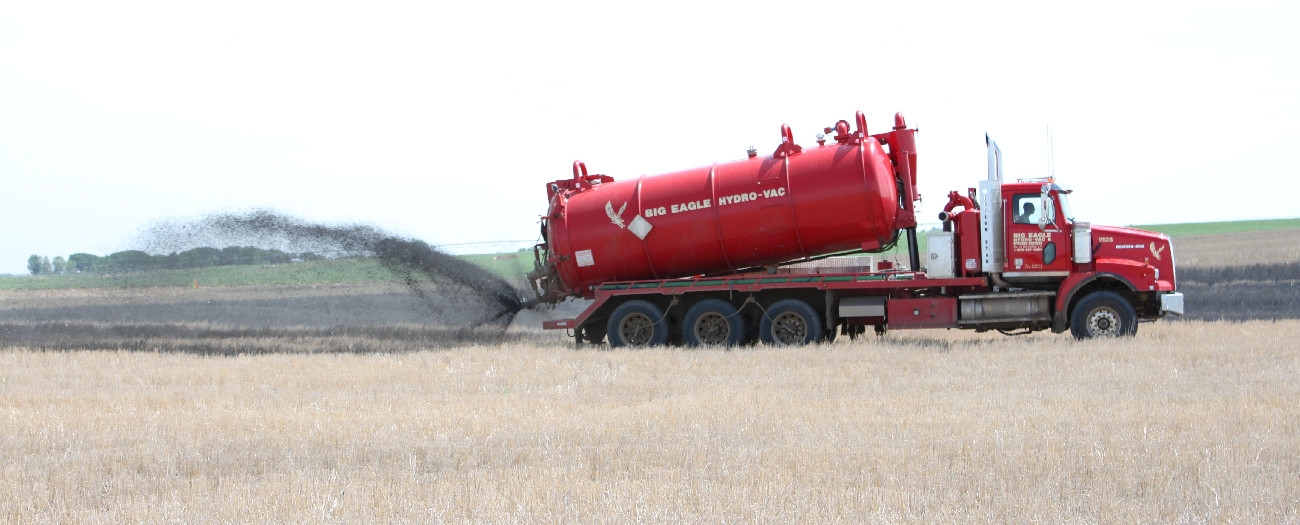Spraying drilling waste on fields puts dirt back to the earth from which it came
Alberta - April 23, 2018When an oil company proposed spraying drilling waste on Jeff Fluney’s fields, his response was an understandable “no.” But when the company came knocking again the next year, he had a change of heart.
Fluney says he decided to give it a try after learning that the waste had been extensively tested according to Alberta Energy Regulator (AER) requirements and it wasn’t going to hurt the land.
Jeff Fluney, Landowner
There are strict rules in place for companies to follow, and no one would violate that as there are consequences
“There are strict rules in place for companies to follow, and no one would violate that as there are consequences,” he says.
The Lloydminster-area landowner says that his crops “have been as good or better since the landspraying.” He has allowed the practice on his land for about six or seven years and reports that even some of his neighbours have agreed to have their land sprayed after seeing the outcome on his fields.
Landspraying—the spraying of drilling waste fluids onto fields—is one way to dispose of drilling waste. Drilling waste is drilling mud—fluids used in the drilling of oil and gas wells and pipelines—combined with dirt, clay, and crushed rocks (known as cuttings) that have returned to the surface during drilling.
Strong Controls In Place
Not just any waste is allowed to be sprayed onto fields, explains Dalene Meier, an AER environment technical specialist who works out of the Bonnyville Field Centre.
“The waste that can be landsprayed must be water-based. It must be tested for specific chemical levels, and based on the analysis, it will be determined whether it can be sprayed onto the land and what the allowable spray rate would be,” she says.
As for the effect on the land, there is no scientific evidence to show that it does improve crops, but landowners have said that the moisture is helpful, notes Meier.
In addition, a company must get permission from the landowner before spraying.
The AER requires companies to take several factors into account when determining whether land is appropriate for landspraying, including its slope and its proximity to water bodies.
“It’s all to make sure that the drilling waste that is applied to the land is staying where it is meant to be and not migrating somewhere that could cause a potential adverse effect,” says Meier.
Fluney can attest to this. Referring to a water body on his land, he said, “we go skating on that pond in the wintertime, and the water stays clear.”
To ensure that companies comply with the rules, AER inspectors inspect and audit land that has been sprayed, and they respond to any complaints.
Common drilling waste disposal methods
- Mixing drilling waste with subsoil on the well site
- Storing in pits and landfills at an approved waste management facility
- Applying drilling waste on land through spraying onto land
Melanie Veriotes, Writer



